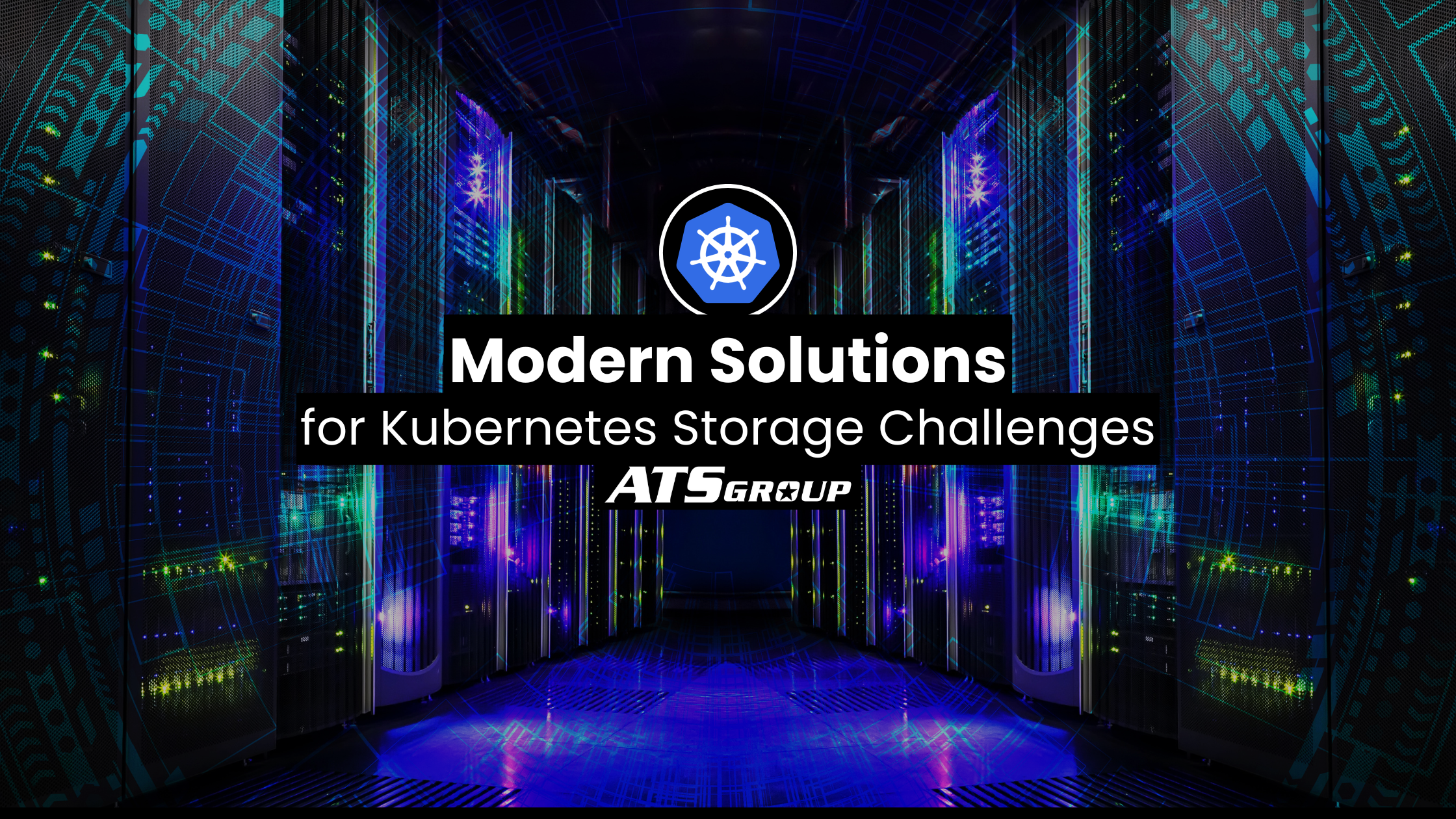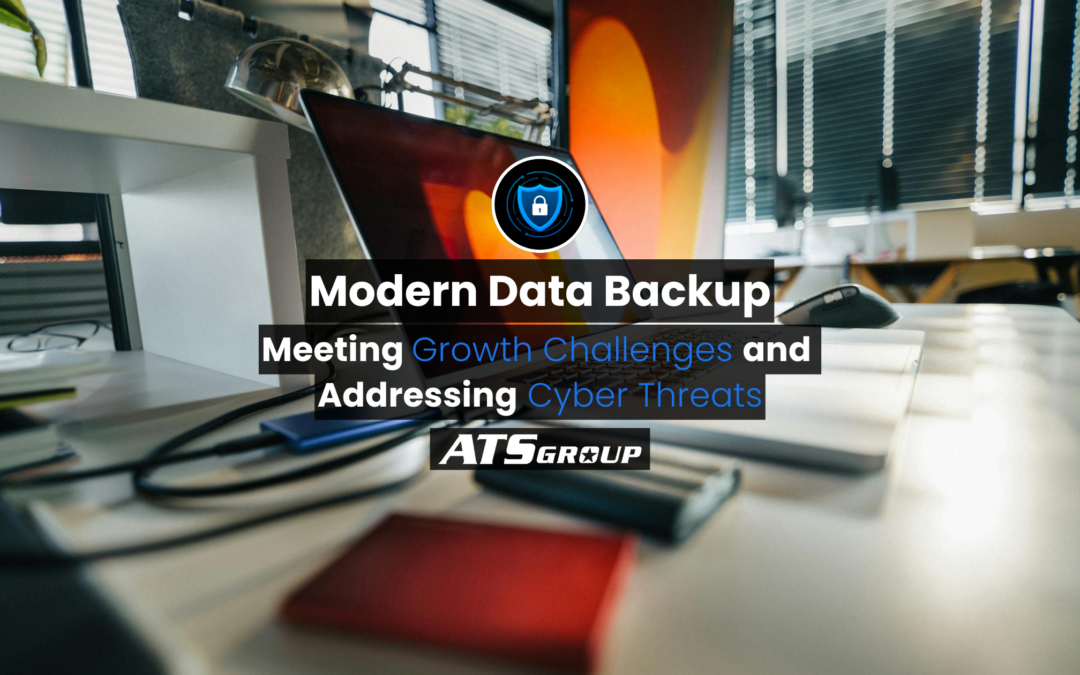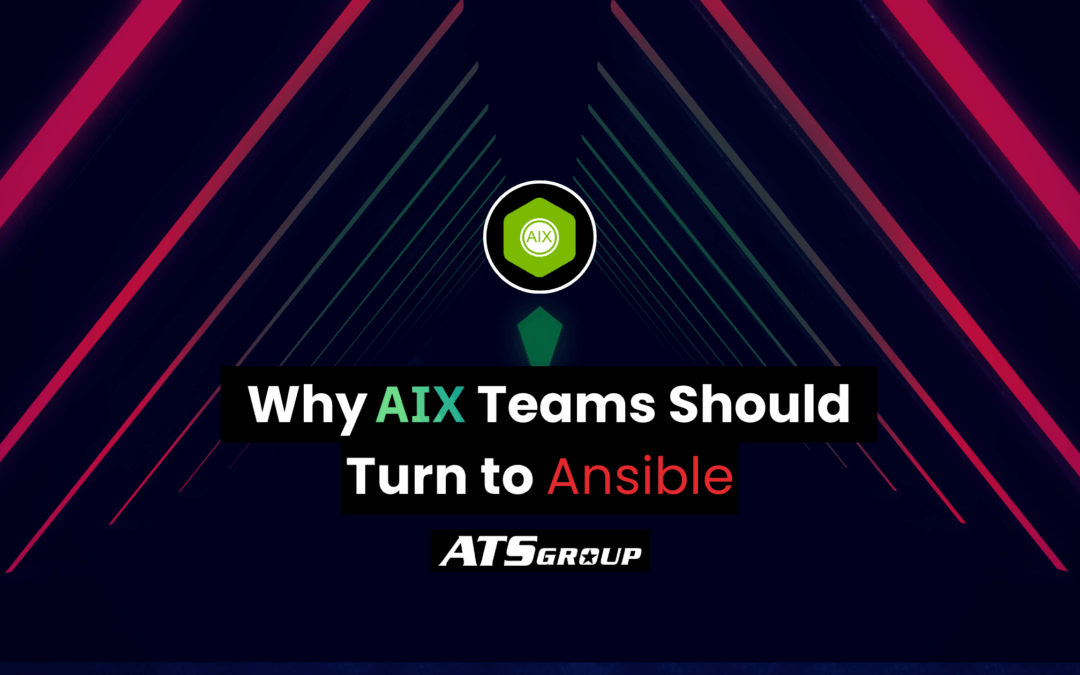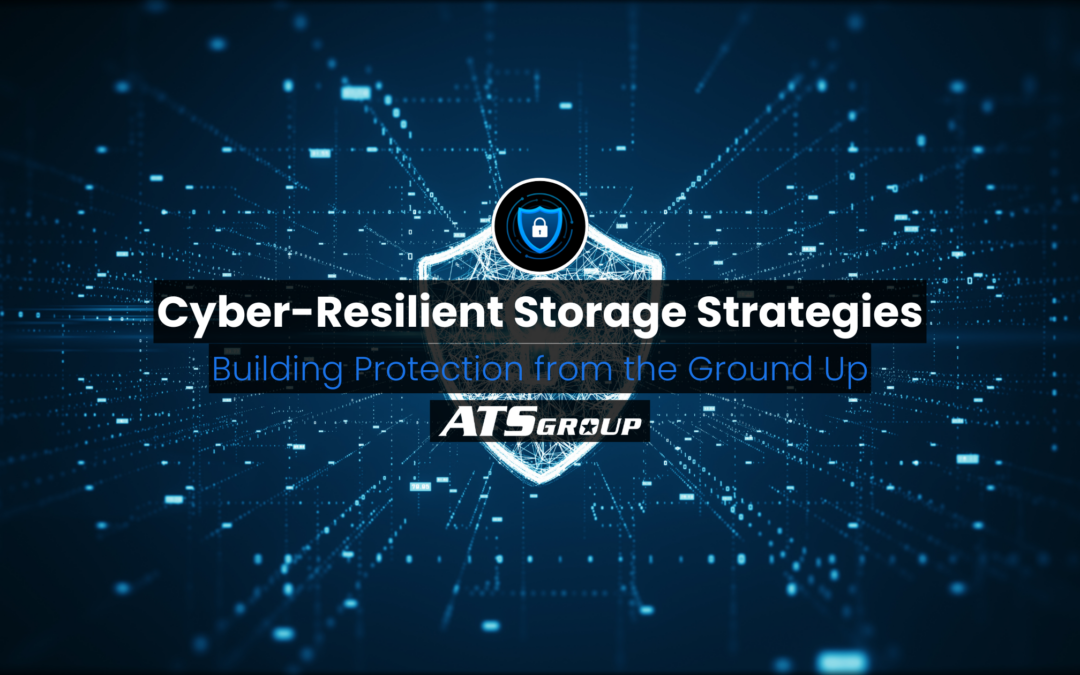Kubernetes Storage Challenges and Modern Solutions
Kubernetes has transformed how organizations deploy, scale, and manage applications. Yet its stateless architecture creates a disconnect with how most enterprise applications handle data. Many workloads rely on persistent, high-performance, and resilient storage, but Kubernetes was not designed for that out of the box. As adoption expands, organizations are facing critical Kubernetes storage challenges that impact performance, reliability, and scalability.
Why Kubernetes and Traditional Storage Don’t Mix Well
Kubernetes was built for stateless, cloud-native workloads. That makes it ideal for ephemeral applications but problematic for workloads that depend on persistent data. When it comes to Kubernetes persistent storage, traditional systems often fall short. These challenges emerge when:
- Databases require consistent read/write access
- Analytics workloads need durable, high-throughput storage
- Stateful apps must retain user data across pods and clusters
- Enterprises must comply with backup and recovery requirements
Legacy storage systems were never designed with Kubernetes in mind. They rely on manual provisioning, have limited container awareness, and often introduce latency or recovery delays that undercut modern DevOps agility. These limitations underscore one of the biggest Kubernetes storage challenges organizations face today: integrating reliable, enterprise-grade storage for Kubernetes environments without sacrificing performance or control.
The Real-World Cost of the Kubernetes Storage Gap
As organizations scale Kubernetes into production, the lack of purpose-built storage surfaces in several ways:
- Operational complexity: Managing persistent volumes across multiple clusters quickly becomes manual and time-consuming.
- Inconsistent performance: Storage not tuned for containers introduces latency and unpredictable throughput.
- Risk exposure: Missing or manual backup and encryption capabilities leave applications vulnerable.
- Scalability limits: Traditional storage often cannot keep pace with dynamic workloads and rapid provisioning demands.
These are not theoretical issues. They represent real-world Kubernetes storage gaps that lead to production outages, costly downtime, and slower release cycles. These issues highlight why so many enterprises are rethinking their storage for Kubernetes environments as adoption moves beyond pilot projects.
What Modern Infrastructure Requires from Storage
To support today’s enterprise container platforms, storage must evolve beyond being a backend. It must be:
- Container-aware: Provisioned and managed directly through Kubernetes APIs
- Automated: With built-in provisioning, scaling, and healing
- High-performance: Delivering low latency and high throughput for data-intensive workloads
- Secure and resilient: Equipped with encryption, snapshots, replication, and policy-based access controls
- Hybrid-ready: Consistent across on-prem, OpenShift, and public clouds
Storage must evolve to overcome Kubernetes storage challenges and deliver consistent performance for containerized workloads. By addressing these needs, organizations can eliminate common Kubernetes storage challenges and ensure consistent performance across all storage for Kubernetes environments.
Storage Automation: A Cornerstone of DevOps Velocity
Automation is essential for solving Kubernetes storage challenges tied to manual provisioning and slow CI/CD pipelines. Without automation, storage becomes a bottleneck in DevOps workflows and disrupts the agility that Kubernetes was designed to provide.
Modern DevOps practices depend on automated storage for Kubernetes environments that scale with application lifecycles. Automated provisioning enables teams to:
- Dynamically allocate storage during deployments
- Apply performance and resiliency policies by workload
- Scale volumes automatically as data grows
- Ensure compliance with automated backup and retention
These automation capabilities are essential for modern storage for Kubernetes environments, helping DevOps teams maintain agility while reducing operational overhead.
How IBM Fusion Bridges Kubernetes Storage Challenges
IBM Fusion is engineered for the realities of containerized infrastructure. It was built to close the gap between Kubernetes and enterprise-grade storage. Here’s how it helps solve these Kubernetes storage challenges across hybrid and cloud environments.
1. Built for Kubernetes and OpenShift
Fusion integrates deeply with Kubernetes and Red Hat OpenShift, letting teams provision persistent volumes using native interfaces. Developers stay within their workflow while storage is provisioned automatically in the background.
2. Intelligent Automation
Fusion’s automation engine eliminates manual storage management. It automatically tiers data, scales volumes, and applies performance policies, ensuring consistency and freeing operations teams for higher-value work.
3. High Performance for Data-Intensive Workloads
Fusion delivers the throughput and low latency required for analytics, databases, and stateful applications. Its caching and placement intelligence ensure data is always optimized for speed and availability.
4. Resilience and Recovery
Fusion includes built-in backup, replication, and disaster recovery capabilities across on-prem and hybrid environments. Kubernetes workloads remain protected without the need for external tools.
5. Consistency Across Hybrid Environments
Whether deployed on-premises, in OpenShift, or across clouds, Fusion ensures a unified storage experience. That reduces complexity and accelerates DevOps delivery.
Take the Next Step: Evaluate Your Kubernetes Storage Readiness
Kubernetes has become the foundation of modern infrastructure. But without storage that is automated, resilient, and container-aware, organizations risk losing the agility they set out to achieve.
Ask yourself:
- Are persistent volumes provisioned dynamically?
- Can you apply policies per workload?
- Is your storage designed for stateful workloads, hybrid environments, and rapid recovery?
If not, it may be time to evaluate how your infrastructure aligns with your Kubernetes ambitions.
IBM Fusion was purpose-built to overcome Kubernetes storage challenges and provide scalable, reliable storage for Kubernetes environments that modern applications depend on.
Want to see how IBM Fusion fits your environment?
Contact ATS Group to speak with one of our IBM storage experts and explore demos, documentation, and integration best practices.




